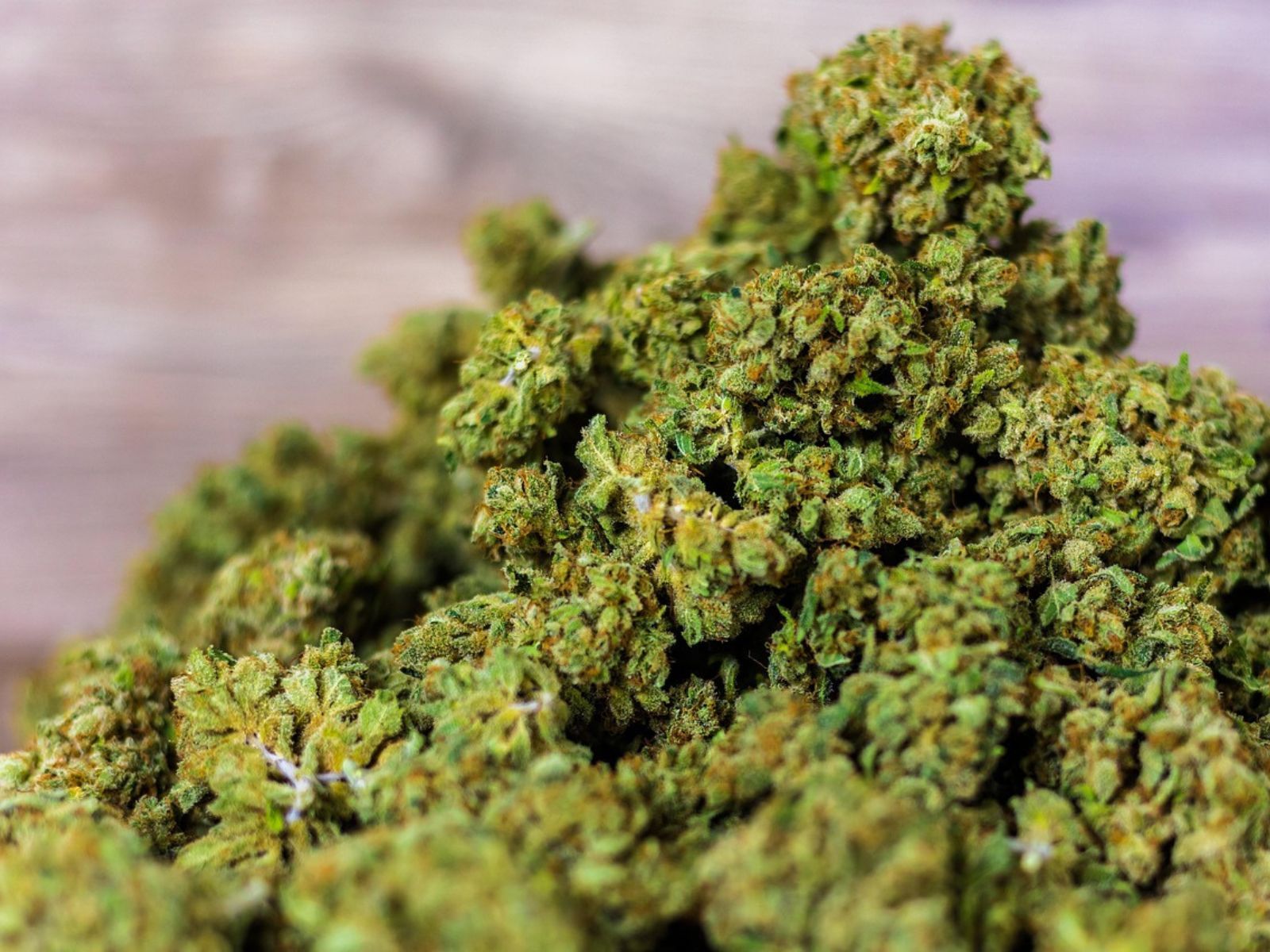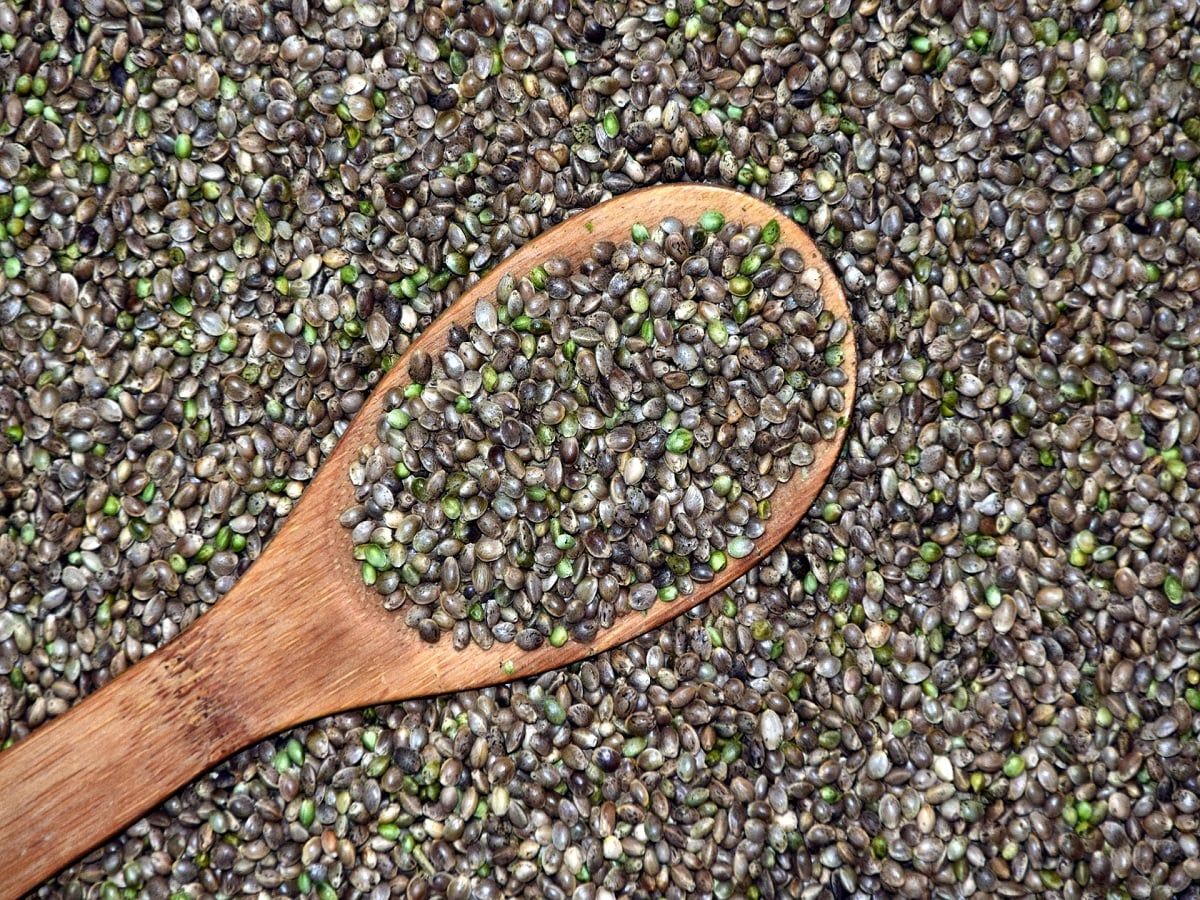
Users Of Unregulated Opioids Frequently Turn To Cannabis For Cravings Reduction

Users Of Unregulated Opioids Frequently Turn To Cannabis For Cravings Reduction
The opioid epidemic affects nearly every corner of the world. The War on Drugs is an absolute failure, make no mistake about that. However, opioid addiction is still a very serious issue and governments all over the planet are struggling to deal with the negative public health consequences of it.
This may sound obvious, but the best way to get people off of opioids, particularly unregulated opioids, is to get them to stop using them. Unfortunately, the approach by many governments has historically been incarceration, and that is not an effective way to deal with the problem as proven by no decline in usage rates throughout prohibition.
The cannabis plant has shown promise as a substitute for opioids, and a recent study in Canada found that self-reported unregulated opioid product users ‘frequently’ turn to cannabis to reduce their cravings. Below is more information about it via a news release from NORML:
Vancouver, Canada: Those who consume unregulated opioids frequently report using cannabis to mitigate their drug cravings, according to data published in the International Journal of Drug Policy.
Canadian investigators assessed cannabis use trends among a cohort of 205 consumers of non-prescription opioids. Many of the cohort were IV drug users and at-risk youth.
Nearly half of the study’s participants (45 percent) acknowledged using cannabis to manage opioid cravings. Of those, 62 percent “reported self-assessed decreases in opioid use during periods of cannabis use.” Subjects suffering from chronic pain were most likely to engage in opioid substitution.
Authors concluded: “In the present study, we observed that cannabis use to manage opioid cravings was significantly associated with self-assessed decreases in opioid use during periods of cannabis use among a structurally marginalized population of PWUD [people who use unregulated opioids]. The sub-analysis indicated that this association was mainly driven by those living with moderate to severe pain. … This suggests that future studies of cannabis substitution for opioid use should measure and analyze the impact of pain, as not doing so may lead to equivocal findings when the effects of cannabis substitution may vary based on the prevalence of chronic pain.”
Although numerous studies indicate that patients typically decrease their use of prescription opioids after initiating cannabis therapy, data regarding the relationship between cannabis use and non-prescription opioids is less consistent. According to a 2020 review paper: “Growing pre-clinical and clinical evidence appears to support the use of cannabis … to combat OUD [opioid use disorder]. The evidence summarized in this article demonstrates the potential cannabis has to ease opioid withdrawal symptoms, reduce opioid consumption, ameliorate opioid cravings, prevent opioid relapse, improve OUD treatment retention, and reduce overdose deaths. … The compelling nature of these data and the relative safety profile of cannabis warrant further exploration of cannabis as an adjunct or alternative treatment for OUD.”
Full text of the study, “Cannabis use to manage opioid cravings among people who use unregulated opioids during a drug toxicity crisis,” appears in the International Journal of Drug Policy. Additional information is available from the NORML Fact Sheet, ‘Relationship Between Marijuana and Opioids.’
Share article
Ticket Prices increase
JANUARY 28

Ticket Prices increase
JANUARY 28

Ticket Prices increase
JANUARY 28
Join Our Awesome Community
Join Our Awesome Community
Join Our Awesome
Community
Get all the latest industry news
delivered to your inbox







